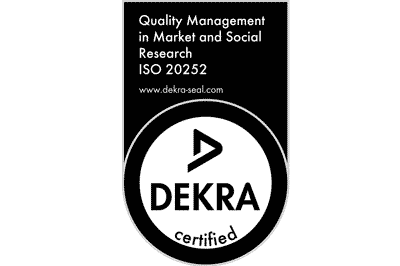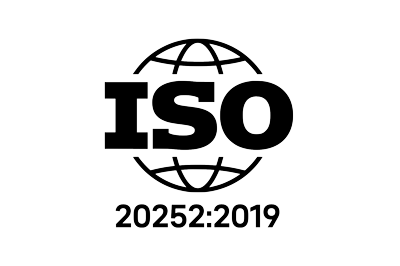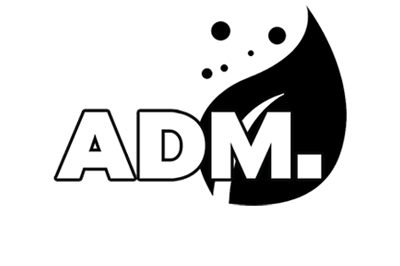Over 60% of Fortune 1000 companies are using the Net Promoter Score, the number of NPS studies we conduct has grown rapidly.
It’s worth looking at the different groupings within an NPS study; as follows:
- Promoters (score 9-10) are loyal enthusiasts who will keep buying and refer others, fuelling growth.
- Passives (score 7-8) are satisfied but unenthusiastic customers who are vulnerable to competitive offerings.
- Detractors (score 0-6) are unhappy customers who can damage your brand and impede growth through negative word-of-mouth.
Subtracting the percentage of Detractors from the percentage of Promoters gives you the Net Promoter Score, which can range from a low of -100 (if every customer is a Detractor) to a high of 100 (if every customer is a Promoter).
But how to change that? Well the passives are the best group to work on to increase your promoters. Why are they unengaged? What actions do you need to take to turn them into loyal enthusiasts? The study should include questions to enable you to understand these issues and design services, products or communications to address their lack of enthusiasm or commitment.
And of course detractors should never be ignored – they are an opportunity but in addition you need to be sure to understand what made them unhappy, and how to address that. There may be barriers to providing a great experience, or possibly negatives that have since been fixed but that have impacted their perception.
So, complement NPS with other metrics from points along your customer journey, to gain a more holistic and actionable view of your performance. Bear in mind that all actions for your strategy will bear fruit in the long term; so when it comes to customer satisfaction you need to dig deep in the data to find your answers.


















